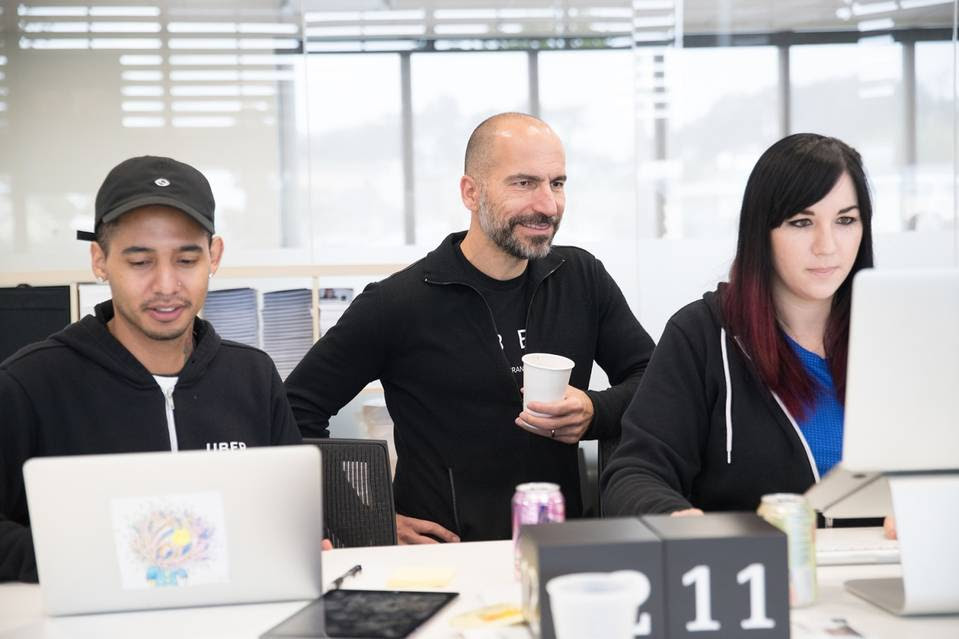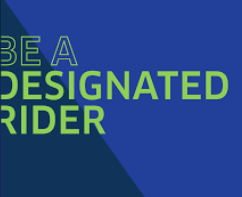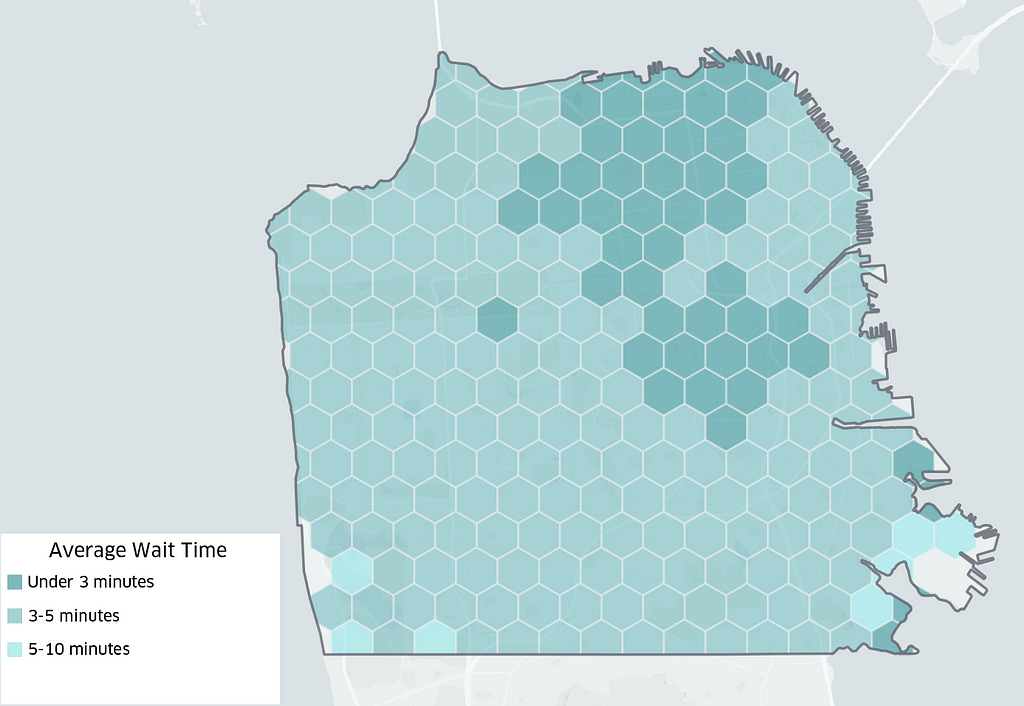Ever planned to take the bus, but wound up calling an Uber? That’s what the Pinellas Suncoast Transit Authority did in 2016.
That year, ridership across St. Petersburg, Florida’s fixed route bus lines plummeted by 11 percent—twice the drop PSTA experienced in the first year of the recession, and one of the deepest declines of any major U.S. system. Pinellas County constituents had recently rejected the concept of transit even more directly: PSTA’s one-cent “Greenlight Pinellas” sales tax proposal to spread bus service and build a light rail system bombed at the ballots in 2014.
That forced the agency to eliminate some of its existing routes, and to rethink how it was doing business. So it called in the apps. To cover the areas it had left transit-bare, PSTA became the first agency in the country to subsidize Uber trips. Since its “Direct Connect” program launched in February 2016, PSTA has given $5 discounts on rides provided by Uber and a local taxi company (and as of more recently, Lyft) to and from 24 popular bus stops in its service area to as many as 1,000 riders per month. “This is the future,” PSTA CEO Brad Miller told reporters on the day of the launch of the program, which was widely hailed as an example of what an amicable partnership between mass-transit and ride-hailing would look like.
By and large, much of the North American transit industry would seem to agree. According to a report released this week by DePaul University’s Chaddick Institute for Metropolitan Development, since 2016 at least 27 more communities across the United States have joined arms with Uber, Lyft, and other transportation network companies (TNCs) to supplement or substitute traditional service—even as questions linger about the wisdom of undertaking these kinds of programs.
Municipalities of virtually every size nationwide are dipping their toes into contracting with ride-hailing services. Washington, D.C., proposed a partnership with Uber as a transportation response to non-emergency 911 calls. Centennial, Colorado, offers free Lyft trips to light rail stations; Dublin, California, has across-the-board half-price Uber and Lyft fares. The partnerships range in focus and in scope: The most robust program in the country might be in Monrovia, California, where visitors and residents have reportedly taken more than 53,000 subsidized rides since its transit agency began offering $.50 rides on all Lyft trips within the city’s boundaries in March 2018. Others, like those in Boston and Las Vegas, are more limited, drawing on Uber and Lyft as platforms for paratransit that are easier to use for passengers and substantially cheaper for agencies to subsidize.
In many ways, the same factors that pushed Pinellas County to the world of ride-hailing have pushed the rest of these cities: a desire to provide higher-quality mobility in areas where transit options fall short or where there’s not enough parking. There’s also a degree of brand-consciousness at play, said Joseph Schwieterman, the director of DePaul’s Chaddick Institute, who co-authored the report with Mallory Livingston, a DePaul graduate researcher. “Transit agencies can’t afford to become like the taxi industry and let the world pass them by," Schwieterman said.
Working in tandem with Uber, Lyft, and other similar offerings is a way for transit agencies to insert themselves on the primary communication channel riders are already using—their smartphones—and could be a step towards reimagining the on- and off-board customer experience.
The question of whether ride-hailing apps are pulling riders on or off public transit—complementing it, or cannibalizing it—has been a cloud over the transportation industry for years. Transit ridership is declining on systems across the country, particularly on buses, and especially in smaller and mid-sized cities. While Uber, Lyft, and others TNCs have frequently taken the blame, the more significant drivers in ridership declines are likely service cuts and lower gas prices. “The writing is on the wall for many lightly used bus routes,” Schwieterman said. “Everybody is scratching their heads about how to better deliver their product, given how fast-paced society is becoming.” Establishing a link to on-demand transportation could be one way to do it.
But as the transportation analyst Bruce Schaller has recently written, surveys in several major U.S. cities show in aggregate that a majority of TNC users in those cities would have taken public transit, walked, biked, or forgone their trip if the ride-hailing apps hadn’t been available. These services are siphoning off some transit passengers who can afford it, in some areas.
On the other hand, Uber and Lyft also appear to be penetrating neighborhoods with poor transit coverage and low car ownership rates, places traditional taxi services would not go. And in some cases, when it’s late at night and transit options are scant, calling a car is a far more time- and cost-effective option.
In most cities, rider demand for Uber and Lyft trips through these transit agency partnerships has not been overwhelming. That much-ballyhooed pilot program in Centennial, for example, was not extended due to insufficient demand. PSTA has seen consistent ridership increases with its Direct Connect program, growing 210 trips per month in March 2017 to 994 trips per month by August of that year, according to PSTA data provided to CityLab. That’s still not much: A mixed-traffic lane with frequent buses can move at least 1,000 people per hour.
These TNC partnerships have hardly boosted transit demand. And plenty of transportation advocates fear they could be counterproductive, by unwittingly contributing to the perception that Uber and Lyft can meaningfully replace mass transit. “I’m sure we’ll get some criticism with this report for creating a risk that funding for transit will fall as these partnerships come to the table,” Schwieterman said. “It’s a fine line between maintaining the system and outsourcing parts of the system.”
There are other risks tied to partnering with TNCs. These companies are notoriously protective of ridership data, which is a limitation for transit agencies trying to judge the success of these subsidy and tie-in programs. When PSTA signed its original contract with Uber, for example, “there was nothing in it about data,” said Bonnie Epstein, a senior planner at PSTA. The agency did eventually get some ridership totals from Uber (as noted), but nothing about the origin or destination of the trips, for example.
Similarly, there’s nothing stopping Uber, Lyft, or any other private transportation company (including taxis) from raising minimum fares without notifying public agencies first. Uber has done this repeatedly in Pinellas County since the Direct Connect program launched in 2016. According to Epstein, some riders have complained that the $5 public subsidy is no longer as useful as the cost of the Uber becomes equal to (or greater than) the cost of a second bus ticket in addition to the one they’re already buying at their connecting station. This story will be updated with responses by Uber and Lyft to requests for comment.
Partnerships between ride-hailing companies and transit agencies are still in a delicate courting stage, said Jon McBride, a business strategist with a focus on emerging transportation modes. As far as agreements go, “I expect public agencies to become more specific about their data sharing requests, ways to influence equitable access and compensation models,” he said.
By now, there’s almost a sense of inevitability that transit agencies will fold ride-hailing into some aspect of their operations. Livingston, the co-author of the report, said that she expects TNC/transit tie-ins will eventually be the default in smaller markets. Many of the partnerships so far have been pilot programs, “giving the agency experience in this area so that they can figure out what’s going to be successful in the long term,” she said. PSTA has expanded the Direct Connect program since it launched, but not all have hit the target; at least eight of the initiatives counted in her and Schwieterman’s survey have been discontinued.
Indeed, the million-dollar question about these transit agency partnerships may be what “success” looks like. Is it finding a cheaper way to do business on a seldom-used bus route? Is it creating connection points in neighborhoods that didn’t have them before? Or is buddying up with Uber and Lyft more about branding, a way for a fuddy-duddyish agency to look a little cooler and more relevant as its riders drop away? The more clearly defined the goal, the better, Schwieterman said. Public transit should embrace TNCs very carefully, lest they end up sabotaging themselves.












